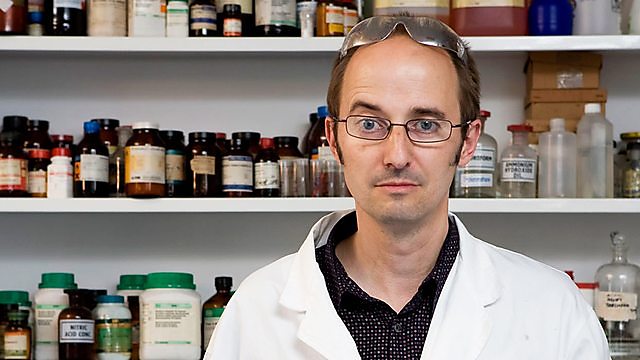Fixing Nitrogen
What are the alternatives to the process that takes nitrogen from the air to make fertilizer?
Today, 3.5 billion people are alive because of a single chemical process. The Haber-Bosch process takes nitrogen from the air and makes ammonia, from which synthetic fertilizers allow farmers to feed our massive population. Ammonia is a source of highly reactive nitrogen, suitable not just for fertilizer, but also as an ingredient in bomb making and thousands of other applications.
We make around 100 million tonnes of ammonia annually - and spread most of it on our fields. But this is a very inefficient way to use what amounts to 1-2% of the planet's energy needs. Only around 20% of fertilizer made ends up in our food.
Professor Andrea Sella explores some of the alternative ways we might make fertilizer. Vegetables such as peas and beans, allow certain cells in their roots to become infected by a specific type of bacteria. In return, these bacteria provide them with their own fertilizer. Could we infect the plants we want to grow for food – such as cereals – in a similar way to cut down the climatic and environmental impact of Haber-Bosch?
Last on
More episodes
Previous
Broadcasts
- Mon 27 Jan 2014 20:32GMTBBC World Service Online
- Tue 28 Jan 2014 02:32GMTBBC World Service Online
- Tue 28 Jan 2014 09:32GMTBBC World Service Online
- Sat 1 Feb 2014 05:32GMTBBC World Service Online
- Sun 2 Feb 2014 00:32GMTBBC World Service Online
The Curious Cases of Rutherford and Fry
Podcast
-
![]()
Discovery
Explorations in the world of science.




